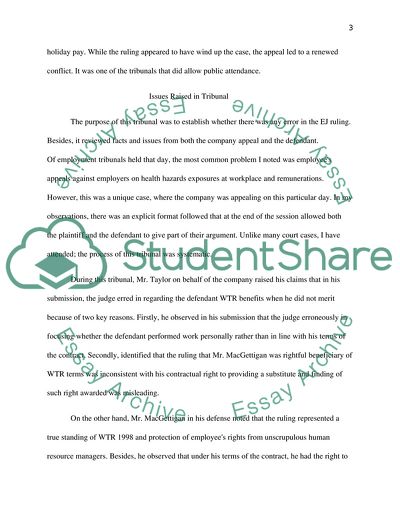Cite this document
(Corporate & Business Law Level 4 Essay Example | Topics and Well Written Essays - 2000 words, n.d.)
Corporate & Business Law Level 4 Essay Example | Topics and Well Written Essays - 2000 words. https://studentshare.org/law/1848448-corporate-business-law-level-4
Corporate & Business Law Level 4 Essay Example | Topics and Well Written Essays - 2000 words. https://studentshare.org/law/1848448-corporate-business-law-level-4
(Corporate & Business Law Level 4 Essay Example | Topics and Well Written Essays - 2000 Words)
Corporate & Business Law Level 4 Essay Example | Topics and Well Written Essays - 2000 Words. https://studentshare.org/law/1848448-corporate-business-law-level-4.
Corporate & Business Law Level 4 Essay Example | Topics and Well Written Essays - 2000 Words. https://studentshare.org/law/1848448-corporate-business-law-level-4.
“Corporate & Business Law Level 4 Essay Example | Topics and Well Written Essays - 2000 Words”. https://studentshare.org/law/1848448-corporate-business-law-level-4.


